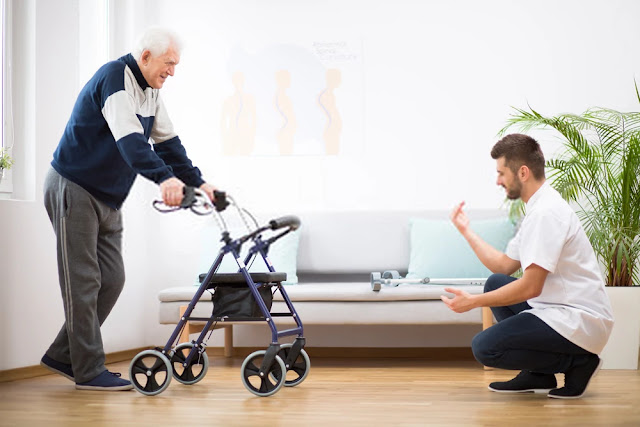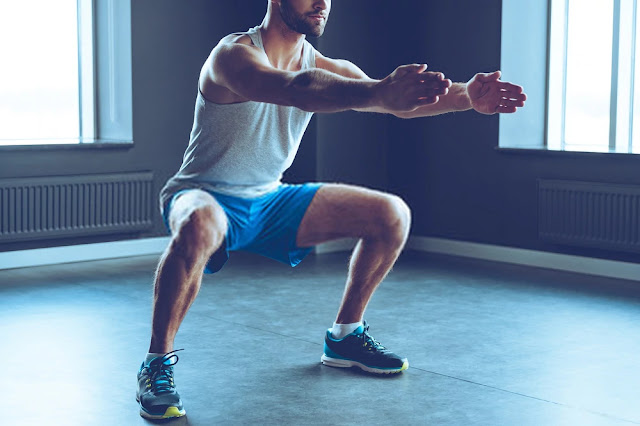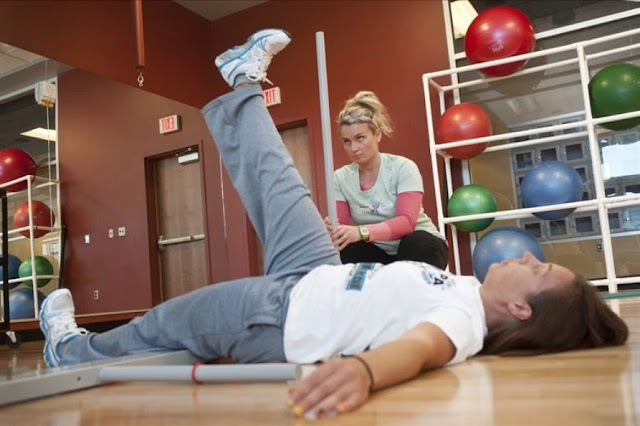How can we enjoy life suffering in every movement?
One of the pertinent aspects to justify human life and his well-being is movement. Ability to move from one point to the other reveals how healthy an individual is and to some extent the level at which the person can go to acquire success. It is belief that movement is medicine. One of those popular provide in the North America region says “stagnate soul should not eat”. Meaning an individual who failed to move and work should not eat. That is too harsh, isn’t it? Although, not everybody voluntarily choose not to move; some just can’t move. Thus, in general context, no movement; no food.
Human movement comes from the muscles and joints that work in the synchrony for the production of motion. The three main components essential for the production of the human movement are mobility, stability and control. Mobility includes muscle length (flexibility) and a range of movements that allow for certain movement. Stability includes muscles and tissues around the wrist that provides strength and support that is inherent to the movement. The last piece is the control that comes from our nervous system.
If the mobility failure is not solved, there will be a fee. We believe that the compensation will ultimately lead to pain and/or injury. But if we can actually move, what are the consequences of movement, how can we predetermine our movement, in what way can we examine the capacity at which we can move, how do we understand the deficit in our movement and above all, can we actually predict our injury beforehand?
This article will carefully address ways we can examine movement to control pain and muscle effect.
The motion-based movement goal is to identify areas of lower mobility and stability in an asymptomatic area that can be overlooked by typical tests based on deterioration. Despite understanding the risk factor of an individual, the ability of predicting the possibility of individuals to get injured can be serious as well as ability to evaluate and treat injury.
We can usually find some aspects to improve, to repair or to optimize so as to become the best athlete possible. Fortunately, a simple test that lasts about 10 minutes for administration and which costs almost nothing can give you an incredible amount of information about your body.
This test is known as a Functional Movement Screening.
However, for many injuries and general disorders, such prediction doesn’t exist. Functional movement evaluation or functional capacity examination is a set of movements that you are put through to define pain and muscle control.
There are 7 different fundamental functional movement screening activities that one can undergo to identify functional deficits in chronic lower back pain patient. This screening lead to more dynamic screening movement but few will be examining in this article.
The walker
While using the walker, the examiner (i.e nurse ) should stand adjacent to the affected side and instruct the client to put all four points of walker to 2 feet forward flat before putting weight on the hand piece. After which the strength of upper extremity and unaffected legs are examine and improved with exercise if necessary so that upper body is strong enough to received strength.
Deep squat
A deep squat could be the most effective exercise mode anyone can undergo to have full functional movement details. It refers to the entire lower half of the body, including the hips, buttocks, squares, elbows and calves, at the same time as you reach the center, shoulders, and back. The perfect squat is symphony of muscle coordination throughout the body, achieving a rare foundation for muscle building and simultaneous burning of fat due to high metabolic demand.
The deep squat is more complicated, and if it is not properly executed, it is more risky than the standard variation. The procedure should be treated in a way that enhances mobility, flexibility, stability and coordination.
Reaching up
 |
| Reaching up test |
The coach measures the length of the right hand from the wrist to the middle of the middle finger. From there, stand with your feet and make two paws with your thumb inside. With one movement, wrap one hand behind your neck and the other hand on your shoulders and try to get closer as close as possible. After the measurement, switch sides. The common problem of this test is that it focuses exclusively on shoulder mobility, so the low score is the direct result of poor mobility.
For more similar articles : 14 Natural Foods and Drinks to Kill Your Lower Back Pain
Climbing up a ladder
The height of the obstacle must be adjacent to the top of your tibia. Dowel should be held across the shoulder. Maintain a high position, lift your feet on the cord and touch the ground with the ground. Return it to the starting point again while retaining a high position. Go three steps to the right and three steps to the left.
However, lack of alignment in the hips, knees and ankles, and movement in the lumbar spine may indicate instability. If you stand on your left leg and take your right leg on the cable, you must be stable on the left and your mobile device on the right
Active straight leg raise
Sit on your back with your legs fully stretched. The gear is held upright in the middle of the thigh, which generally corresponds to the middle of the path. Keep both feet as flat as possible, pull one leg as far as possible. Perform up to 3 reps on each leg, but if 3 is recorded, there is no need to repeat it on that side.
The common problem with this procedure is a foot in the floor that rotates almost in the ribs, causing the knees to exaggerate accumulation of body stability and mobility.
For more similar articles : 6 Possible Conditions That Can Cause Back Pain In Women After 40
Trunk stabillity push-up
By performing a press-up from the Push-Up position while the coach screens you to determine the outcome of your performance. If you don’t meet up with the expected performance, one can easily conclude how efficacy your body performance.
Rotary stability
Get all four places on the field. Hips directly to the upper part of the knee. Hands directly below the shoulders. Hands and knees touch the beam. First, keep track of your performance by stretching your arms and legs on the same side at the same time. If you can, touch the claw with your knee and return to the starting position. If not, perform a contralateral motion in which you extend the opposite arm and leg before touching your knee and return to the starting position.
The common problem with this procedure is the inability to achieve full extension during movement before losing balance. Cook describes it as the stability test of the waist, core and scapular belt of multiple aircraft during the combined motion of the upper and lower extremities. This is complex and requires adequate neuromuscular coordination and energy transmission through the torso.
Note: To help you understand the Functional Movement Screens and the knowledge you can provide, here's a step by step guide with your own personal experience in each of the movements can assist you in predicting and drawing conclusion of the condition of your body.
For more similar articles : Hydrotherapy : Why you should try it for your low back pain
Functional Movement Screens Score:
Each move scored 0-3. If you feel pain during movement, it's automatic motion which means 0. A 1 means a person can move, but not very well. The result of 2 means that I can do it, but there is some form of compensation in progress. And 3 is the perfect result. The examination performs the results of each of the seven movements (selecting the lowest score for both examinations done on both sides of the body), adding them and leaving a score between 0 (which would indicate pain in each test) and 21 (which would mark the perfect score in each test)






